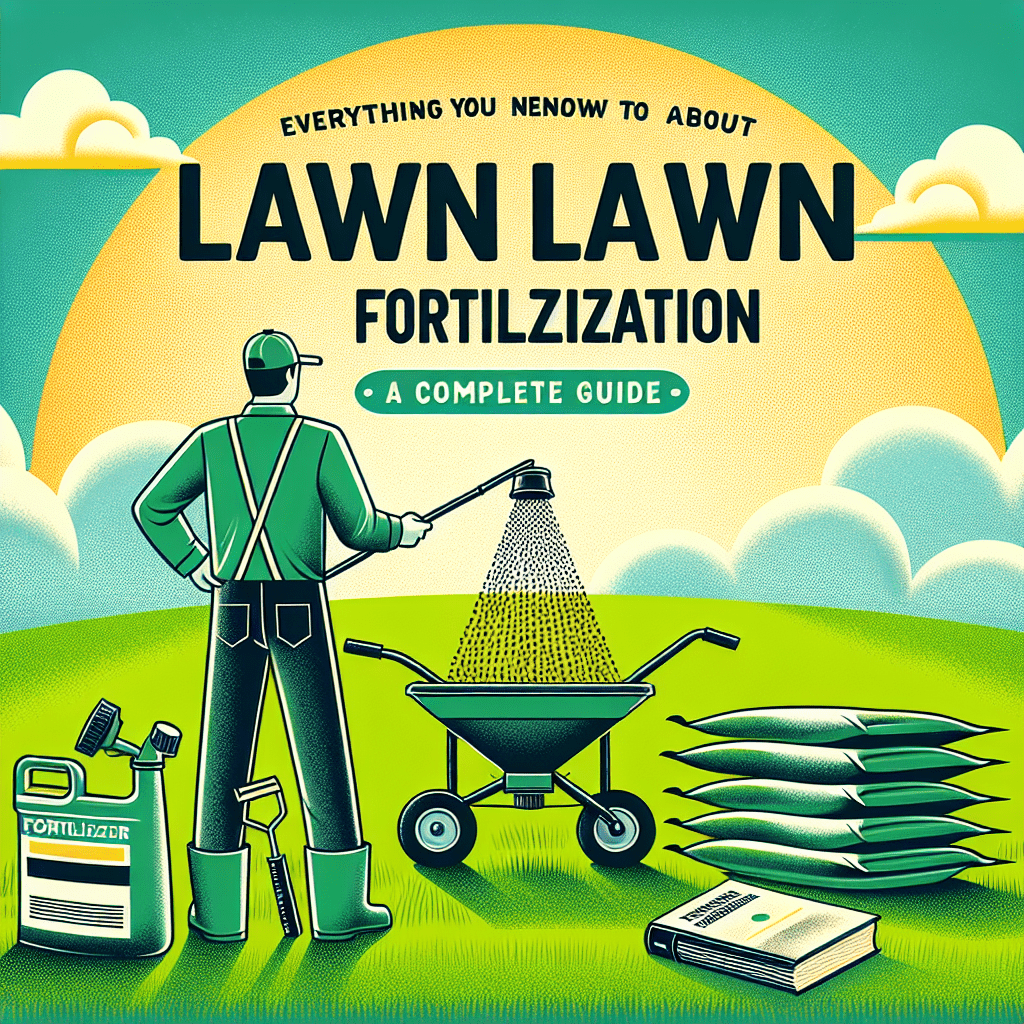Having a lush and healthy lawn can enhance the beauty of your home and increase its curb appeal. One of the key components in achieving a vibrant lawn is proper fertilization. In this comprehensive guide, we will discuss everything you need to know about lawn fertilization, including why it is important, when to fertilize, the different types of fertilizers, and how to apply them.
Why is Lawn Fertilization Important?
Lawn fertilization is vital for the overall health and vitality of your grass. Fertilizers provide essential nutrients such as nitrogen, phosphorus, and potassium that are necessary for plant growth. These nutrients help promote root development, increase disease resistance, and enhance the color and texture of your lawn. Without proper fertilization, your grass may become weak, sparse, and more susceptible to weeds and pests.
When to Fertilize Your Lawn
The timing of lawn fertilization is crucial for its effectiveness. Generally, the best time to fertilize your lawn is during the active growing seasons of spring and fall. It is recommended to apply fertilizer when the grass is actively growing but not during periods of extreme heat or drought.
The Different Types of Fertilizers
There are several types of fertilizers available on the market, each with its unique benefits:
- Granular fertilizers: These are solid, slow-release pellets that release nutrients over time.
- Liquid fertilizers: These are fast-acting fertilizers that are quickly absorbed by the grass.
- Organic fertilizers: These are made from natural materials such as compost, manure, or seaweed.
- Synthetic fertilizers: These are chemically engineered fertilizers that provide a quick boost of nutrients.
How to Apply Fertilizer
When applying fertilizer to your lawn, it is essential to follow the manufacturer’s instructions carefully. Here are some general guidelines to keep in mind:
- Use a spreader to evenly distribute the fertilizer across your lawn.
- Water your lawn after applying the fertilizer to help it penetrate the soil.
- Avoid over-fertilizing, as it can lead to nutrient runoff and harm the environment.
- Consider soil testing to determine the specific nutrient needs of your lawn.
Conclusion
Lawn fertilization is a critical aspect of lawn care that can have a significant impact on the health and appearance of your grass. By understanding the importance of fertilization, knowing when to fertilize, and choosing the right type of fertilizer, you can ensure that your lawn remains vibrant and beautiful year-round.
FAQs
Q: How often should I fertilize my lawn?
A: The frequency of lawn fertilization depends on the type of grass you have and the specific nutrient needs of your lawn. It is recommended to fertilize your lawn at least once or twice a year during the growing seasons.
Q: Can I fertilize my lawn in the summer?
A: It is not advisable to fertilize your lawn during the summer months, as the high temperatures can stress your grass. Instead, wait for the cooler seasons of spring or fall to apply fertilizer.
Q: What should I do if I over-fertilize my lawn?
A: If you accidentally over-fertilize your lawn, water it immediately to help dilute the excess nutrients. You may also consider aerating your lawn to allow for better nutrient absorption.
TIP:
For optimal results, consider hiring a professional lawn care service to assess the specific needs of your lawn and provide customized fertilization services.
#Lawn #Fertilization #Complete #Guide
